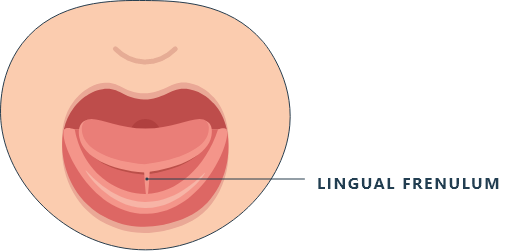


Are you in pain?
When you first start breastfeeding your breasts may feel tender, but it shouldn’t be painful. If breastfeeding hurts, your baby may be sucking only on the nipple.
To find out, check what your nipple looks like when it comes out of your baby’s mouth. Your nipple should not look flat or compressed. It should look round and long, or the same shape it was before the feeding.
If your baby is only sucking on the nipple, gently break their suction by placing a clean finger in the corner of their mouth, then try again to get your baby to latch on wide, around the areola.
Are you or your baby frustrated?
Take a short break and hold your baby in an upright position.
Try holding your baby between your breasts with your skin touching their skin. Talk or sing to your baby or give them one of your fingers to suck on for comfort. Try to breastfeed again in a little while.
Does your baby have a weak suck or make only tiny suckling movements?
Your baby may not have a deep enough latch to suck the milk from your breast. Gently break your baby’s suction and try again.
Could your baby be tongue-tied?
The lingual frenulum is a piece of tissue that keeps the tongue attached to the bottom of the mouth. If it’s too tight or too short, it can make it hard for a baby to breastfeed. This is often described as being “tongue tied”.
This can cause slow weight gain in the baby and nipple pain in the mother. If you think your baby may be tongue-tied, talk to your healthcare provider.

Side-Lying Hold
This hold is useful when:
Cross-Cradle Hold
This hold is useful when:
Clutch or “Football” Hold
This hold is useful when:
Cradle Hold
This hold is useful when:
Laid-Back Hold
This hold is useful when: